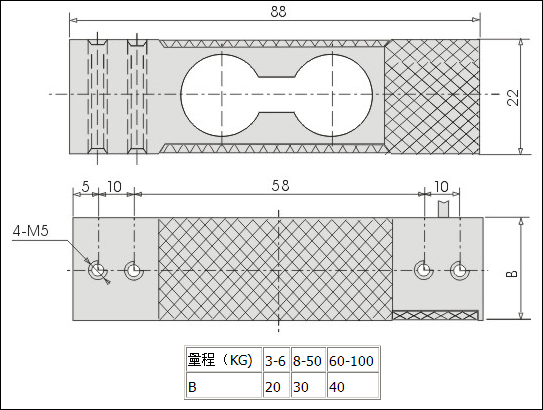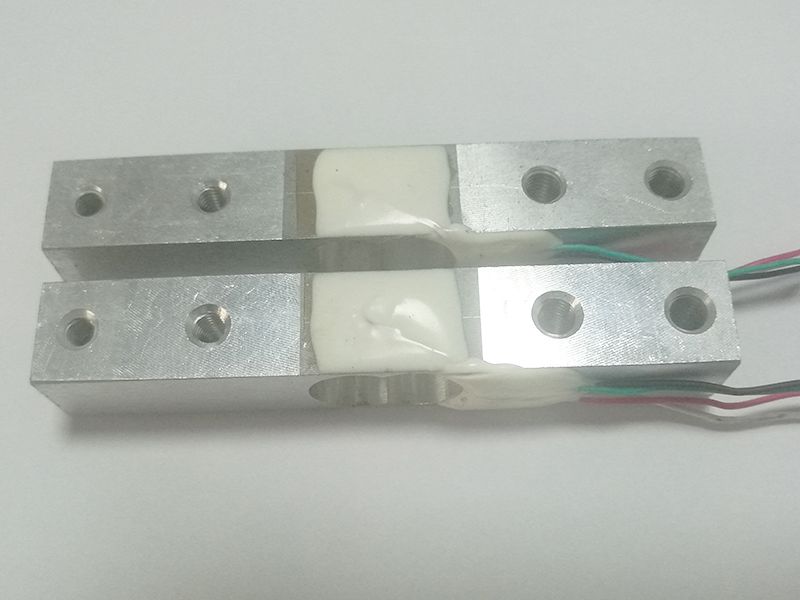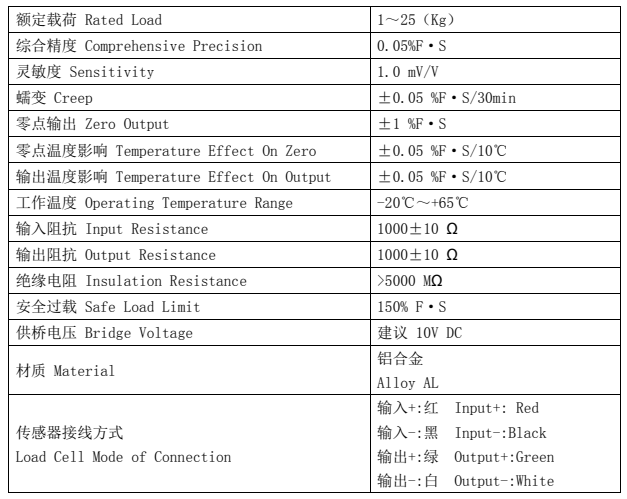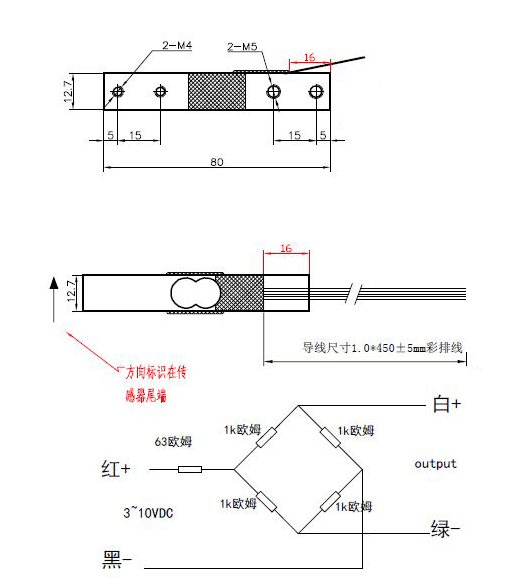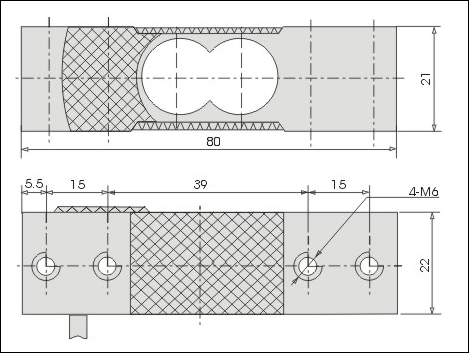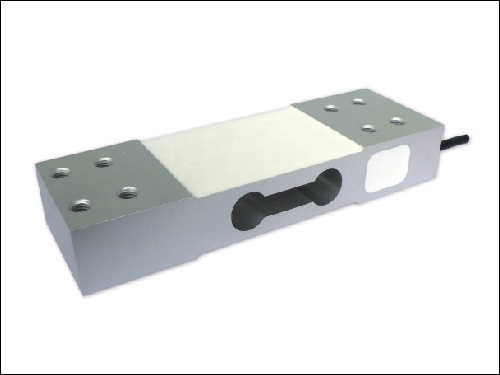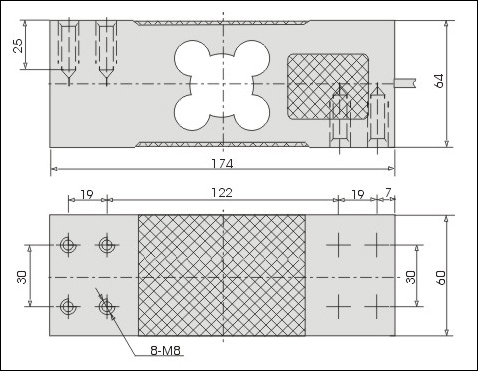Ordering considerations
How to select load cell
Weighing sensor is known as the heart of electronic weighing instrument. Its performance determines the accuracy and stability of electronic weighing instrument to a great extent. When designing electronic weighing apparatus, we often?encounter the problem of how to select sensors.
The load cell is actually a device that converts the mass signal into measurable electrical signal output. The actual working environment of the sensor should be considered before using the sensor, which is very important for the correct?selection of the sensor. It is related to whether the sensor can work normally, its safety and service life, and even the reliability and safety of the whole weighing instrument.
The impact of the environment on the sensor mainly includes the following aspects:
(1) The high temperature environment causes some problems to the sensor, such as melting of coating materials, civilized solder joints, structural changes of stress in the elastomer and so on. For sensors working in high temperature?environment, high temperature resistant sensors are often used; In addition, heat insulation, water cooling or air cooling devices must be added.
(2) The influence of dust and humidity on the short circuit of the sensor. Under such environmental conditions, sensors with high tightness shall be selected. Different sensors have different sealing methods, and their tightness is very?different.
Common seals are sealant filling or coating; Rubber gasket mechanical fastening seal; Welding (argon arc welding, plasma beam welding) and vacuum nitrogen filling sealing.
From the perspective of sealing effect, the welding sealing is the best, and the amount of filling and coating sealant is poor. For sensors working in clean and dry indoor environment, sensors sealed with glue can be selected, while for?some sensors working in humid and dusty environment, sensors with diaphragm hot sleeve seal or diaphragm welding seal and vacuum nitrogen filling should be selected.
(3) In the highly corrosive environment, such as the impact of moisture and acid on the elastomer damage or short circuit of the sensor, the sensor with good corrosion resistance and good tightness should be selected with plastic?spraying or stainless steel cover on the outer surface.
(4) The influence of electromagnetic field on the output signal of sensor. In this case, the shielding of the sensor shall be strictly checked to see whether it has good anti electromagnetic ability.
(5) Flammable and explosive not only cause complete damage to the sensor, but also pose a great threat to other equipment and personal safety. Therefore, sensors working in flammable and explosive environments put forward higher?requirements for explosion-proof performance: explosion-proof sensors must be selected in flammable and explosive environments. The sealing cover of this sensor should not only consider its tightness, but also considerTo the explosion-proof strength, as well as the waterproof, moisture-proof and explosion-proof of the cable lead-out head.
The selection of sensor range can be determined according to the comprehensive evaluation of factors such as the maximum weighing value of the scale, the number of sensors selected, the self weight of the scale body, the maximum?
eccentric load and dynamic load that may occur.
Generally speaking, the closer the range of the sensor is to the load allocated to each sensor, the higher the accuracy of its weighing. However, in actual use, because the load added to the sensor is not only the weighed object, but?also the dead weight, tare weight, eccentric load, vibration and shock of the scale, many factors should be considered when selecting the sensor range to ensure the safety and service life of the sensor���。
According to experience, the sensor should generally work within 30% ~ 70% of its range. However, for some weighing instruments with large impact force in the process of use, such as dynamic track scale, dynamic truck scale, steel scale,?etc., when selecting the sensor, it is generally necessary to expand its range, make the sensor work within 20% ~ 30% of its range, and increase the weighing reserve range of the sensor to ensure the sensing






